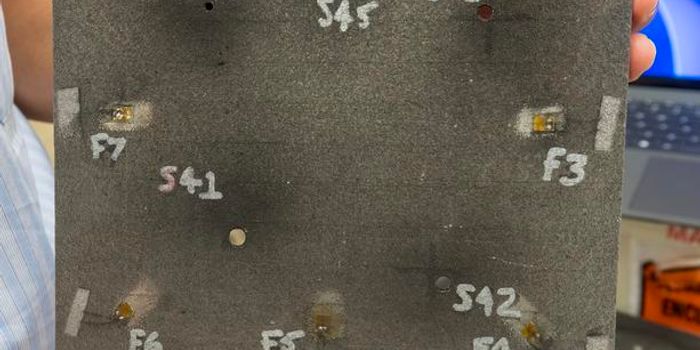Broken Strut to Blame for Failed SpaceX Falcon 9 Launch
It was just a few weeks ago that NASA's commercial SpaceX Falcon 9 spacecraft failed to deliver supplies to the International Space Station. Instead, shortly after launch, the rocket blew up into pieces in the sky.

Despite the fact that the rocket was not carrying any humans on board at the time of the failure, it was carrying very valuable experiment cargo valued at over $110 million, as well as necessary supplies for the astronauts.
Not too long after, a Russian spacecraft later had to do what SpaceX's rocket failed to do, finally getting astronauts on the International Space Station the supplies that they needed.
Investigations have been ongoing since the failed launch attempt about 3 weeks ago. The investigations are important not only because spacecraft are expensive to make and they're a huge loss when they don't succeed to do what they're intended to do, but also because future astronauts will rely on these commercial spacecraft to get them into space in the future.
As it turns out, this particular launch catastrophe can be attributed to failure of a 2-foot, 1-inch thick steel rocket strut, which was intended to be able to withstand up to 10,000 pounds of force.
Unfortunately, despite the ratings, further investigations show that the strut that failed was reportedly only able to withstand 2000 pounds of force, which is significantly under-strength for the bare-minimum 3500 pound of force requirement.
So what gives? Why weren't the parts that were supposedly rated for a certain strain unable to keep up with the actual strains?
Elon Musk, the rich man behind SpaceX, notes that the struts were not made by SpaceX itself, but rather another supplier that handed them down to SpaceX, which he has chosen not to name publicly to spare the humiliation.
The strut likely failed where it attached to the rocket; its purpose was to hold a helium reservoir in place in the middle of a liquid oxygen tank, as AP reports.
To remedy the situation in future rockets, SpaceX will test future struts individually before they are put into the assembled spacecraft rocket, this way it is guaranteed that they actually do what they're intended to do.
This will be the first step towards solidifying the design of the failed SpaceX Falcon 9 rocket, and engineers will have to take it from there, combating design flaws one by one until the rocket's design has been fixed to work.
Source: AP








